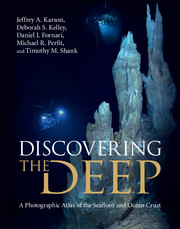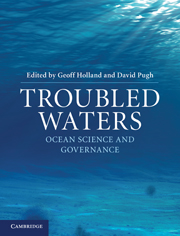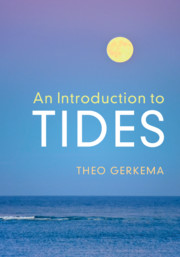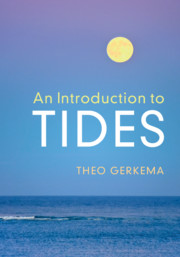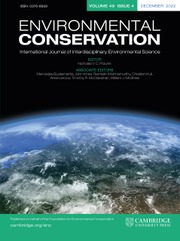Discovering the Deep
The deep oceans and global seafloor are truly Earth's last frontier. They remain largely unexplored, yet are critical to our survival on this planet. This magnificent, full-color volume transports you to bizarre landscapes hosting exotic life forms that rival the most imaginative science fiction. Starting with a historical summary of seafloor exploration and the developing technologies used to study this extreme environment, it then describes the distinctive geologic components of the Earth's ocean floor and the unusual biological communities found along the mid-ocean ridges. This is an indispensable reference for researchers, teachers, and students of marine science, and a visually stunning resource that will enlighten and intrigue oceanographers and enthusiasts alike. A suite of online resources, including photographs and video clips, combine with the book to provide fascinating insights into the hidden world of seafloor geology and biology using the latest deep-sea imaging and geological concepts.
- Provides a comprehensive, up-to-date view of the oceanic crust, seafloor features, and seafloor volcanism, uniting studies of related phenomena in a single volume
- Presents the latest perspectives and unique visual images of regions along the global mid-ocean ridge, providing context to understand diverse features, rock types, vent ecology and chemistry
- Contains extraordinary images of the seafloor and representative geological, geochemical and biological features, combined with accompanying online visual and teaching materials to provide a unique resource
Reviews & endorsements
"Though it's fashionable to say we know little about the mysteries of the deep, this book shows the vast wealth of understanding that pioneering researchers have already gleaned, with their probing sound waves, persistent robots and courageous submariners. This is the book I wish I'd had on my eight deep ocean expeditions, to better understand the wonders I was gazing upon. A must-own for anyone in the ocean sciences, and for those simply curious about what lies down there in the most remote realm on our planet."
James Cameron, explorer and film-maker
"Discovering the Deep will open your eyes to the largest and most unexplored region on Earth - the global mid-ocean ridge. My own introduction to the mid-ocean ridge began with the famous Expedition to the Mid-Atlantic Ridge in 1974, and this beautifully illustrated and comprehensive account shows how far we have come over the last forty years in our understanding of this fundamental tectonic feature of the Earth and the technology required to investigate it. Not since Bruce Heezen and Charlie Hollister's classic book, The Face of the Deep, first published in 1971, have we seen such a comprehensive photographic atlas of what lies in the hidden depths of the sea."
Robert D. Ballard, President of the Ocean Exploration Trust
"Discovering the Deep is an exquisite synthesis of the complexity of natural processes, the beauty of oft unseen environments, and the critical scientific discoveries of our recent past. To read this volume is to become an enlightened traveller into the fascinating realm of the seafloor and ocean crust. No student of the natural world should be without this magnificent atlas of our planet's richly structured deep ocean environment."
Kathryn D. Sullivan, former NASA astronaut, and Under Secretary of Commerce for Oceans and Atmosphere and NOAA Administrator
"It is … thrilling to read and/or page through this impressive book by five of the world's experts in marine science. Indeed, authors Karson, Kelley, Fornari, Perfit, and Shank combine their vast collective knowledge of the processes that are responsible for the origin and evolution of the ocean floor and crust to produce a book that this reviewer believes sets a new standard of excellence in both content and clarity in unraveling the mysteries of the mid-ocean ridge - the largest and most prominent geological feature on Earth."
William E. Seyfried, Jr, Oceanography
Product details
May 2015Hardback
9780521857185
430 pages
283 × 228 × 23 mm
1.5kg
24 b/w illus. 506 colour illus. 7 tables
Available
Table of Contents
- Preface: new views of Earth from below the oceans
- 1. Entering the abyss: oceanographic technology
- 2. The Earth beneath the sea
- 3. Diversity in seafloor spreading
- 4. Hydrothermal vents
- 5. Submarine volcanism: fire beneath the sea
- 6. Dike intrusion and sheeted dike complexes
- 7. Gabbroic rocks: clues to magmatic processes
- 8. Windows into mantle processes: peridotites
- 9. Future research
- Index.

